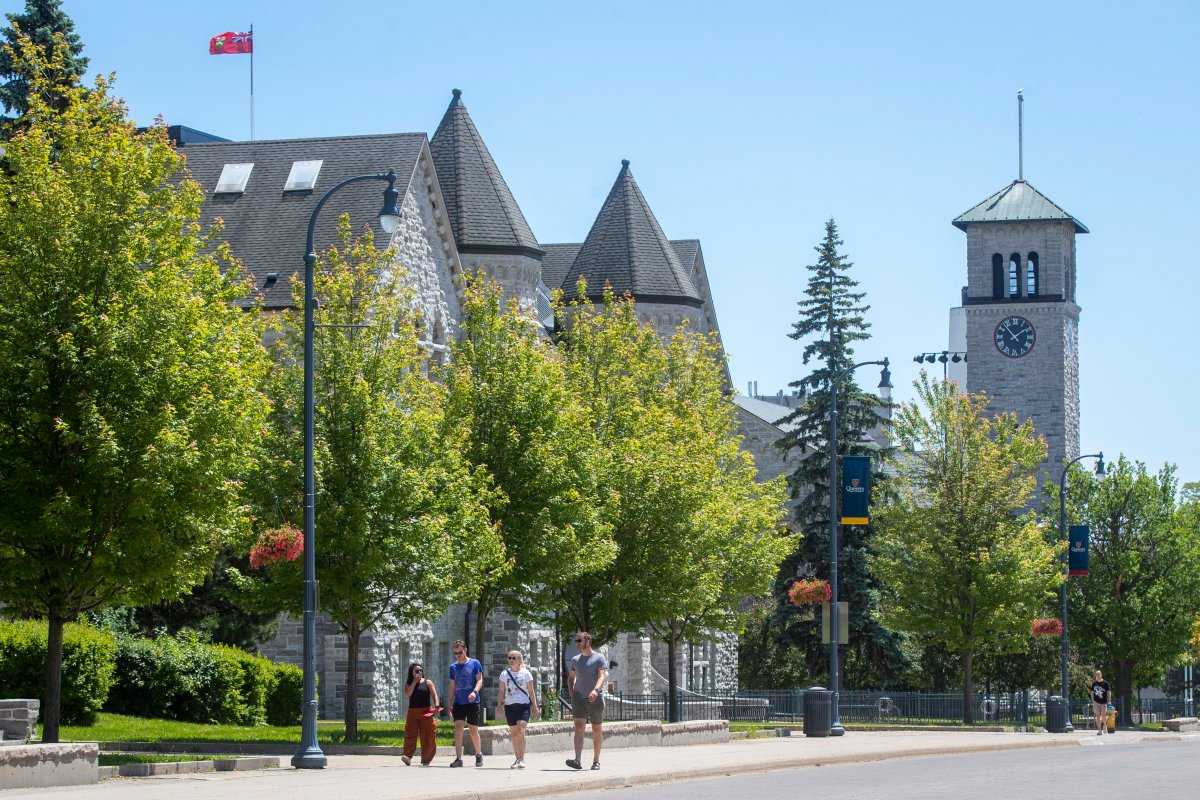Wastewater surveillance has turned up evidence of the newest Omicron subvariant EG.5 in Kingston, but no official cases have been documented, according to a local expert.

The COVID-19 variant found in local wastewater is determined to be more infectious than the subvariants currently circulating, says Stephen Brown, co-director of the Queen’s University wastewater surveillance lab.
“Once it’s more infectious, then we expect it to eventually take over as the main variant just because people are going to catch it faster than the other ones,” Brown said in an interview.
After the appearance of the EG.5 variant in Ontario earlier in the summer, the Queen’s University chemistry professor said it was expected to be seen in Kingston sooner rather than later.
But its appearance is less cause for alarm than when Omicron first made made it to the city back in late 2021.
“When Omicron first came in, it was really dramatically different than the previous types of COVID, which would have been the Delta variant,” Brown said.
“It took over really quickly and people didn’t have a lot of immune protection, even if they had had COVID previously,” he continued.
Since Omicron swept through the country, immunity has skyrocketed.
Brown referenced a recent article published in the Canadian Medical Association Journal that found that “most people in Canada had acquired antibodies against SARS-CoV-2 through natural infection and vaccination.”
Brown said that was in part due to the pervasiveness of Omicron, which spread so rapidly across the nation.
Omicron was also the Kingston region’s first time dealing with a large number of people being infected with COVID-19. Prior to its appearance, Kingston had remained relatively unscathed compared to other parts of the country.
“When we were doing wastewater tracking, when Omicron came in, the wastewater virus levels went up like a factor of 10 and a couple of weeks,” Brown said.
The Queen’s researcher said this is currently not the case for the EG.5 subvariant.
“The overall amount of COVID in the wastewater is not increasing dramatically,” Brown said.
He said the amount is going up slowly, which is to be expected when tracking a slightly more contagious virus.
Brown said overall, the evidence of the new subvariant is not overly concerning, but it does show the benefit of doing this kind of research even after the pandemic has ended.
“We still have people dying from COVID and we will probably have an increase in the number of deaths from COVID in the fall as those levels go up and more infectious variants come in,” he said.
“It’s still an important issue, even if everyone on the street isn’t talking about it the way they were a year or two ago,” he said.
Brown said that his lab will be monitoring for both the flu and COVID this fall in order to help public health officials tackle both viruses in the colder months.
-with files from Global News’ Fawwaz Muhammad-Yusuf




Comments